Top 10 Landscapes Carved by Volcanic Activity
Volcanic activity has shaped some of the world’s most stunning landscapes, creating unique geological formations that are both beautiful and fascinating. From towering mountains to vast plains, these volcanic landscapes reveal the power of nature and the dynamic processes that form our planet.
Among the top ten landscapes carved by volcanic activity, the Hawaiian Islands stand out with their lush greenery and dramatic cliffs formed by shield volcanoes like Mauna Loa and Kilauea. The volcanic craters of Santorini in Greece offer breathtaking views, featuring steep cliffs and blue waters, a result of a massive eruption thousands of years ago. The unique rock formations of Cappadocia in Turkey, shaped by ancient volcanic tuff, create a surreal landscape filled with fairy chimneys and cave dwellings. Other notable sites include the Giant's Causeway in Northern Ireland, showcasing hexagonal basalt columns, and Yellowstone National Park in the U.S., known for its geothermal features like geysers and hot springs. Each of these landscapes not only highlights the raw power of volcanic forces but also serves as a testament to the intricate interplay between geological activities and natural beauty, offering a glimpse into the Earth’s history.

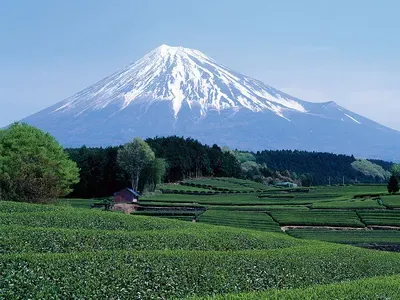 View All
View AllMount Fuji - Iconic peak, scenic trails, cultural significance, breathtaking views.

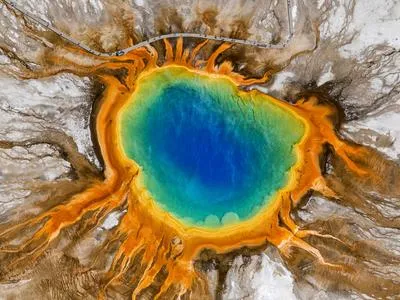 View All
View AllYellowstone Caldera - Massive supervolcano with geothermal features and diverse ecosystems.

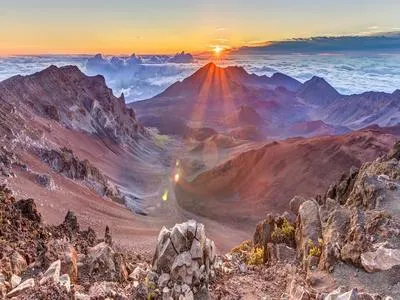 View All
View AllHaleakalā Crater - Spectacular volcanic crater with diverse ecosystems and stunning views.

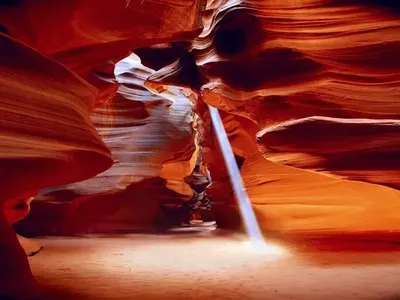 View All
View AllAntelope Canyon - Antelope Canyon: Stunning slot canyon shaped by erosion.

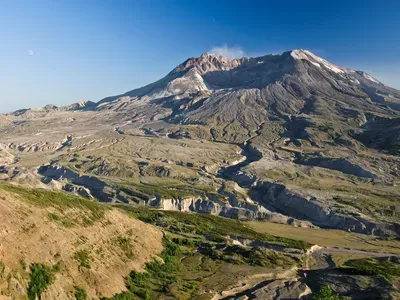 View All
View AllMount St. Helens - Active volcano, famous for 1980 eruption, stunning landscape.

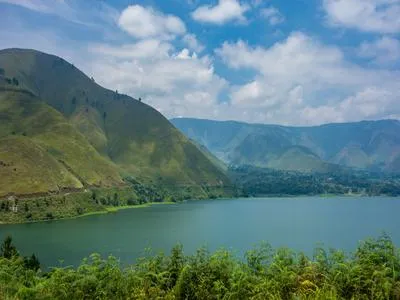 View All
View AllLake Toba - Indonesia's largest volcanic lake, stunning caldera landscape.

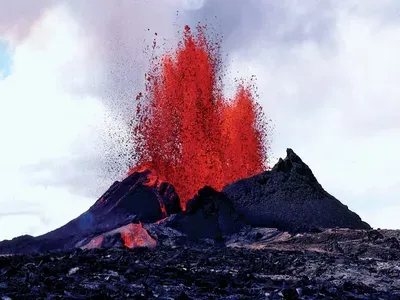 View All
View AllKilauea Volcano - Kilauea: Active Hawaiian volcano, frequent eruptions, stunning landscapes.

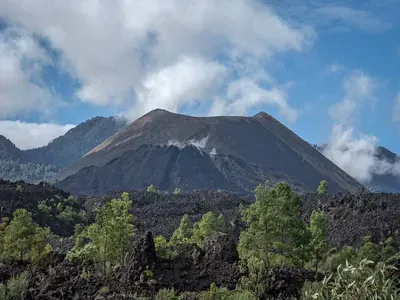 View All
View AllParicutin - Paricutin: iconic Mexican volcano, emerged suddenly in 1943.

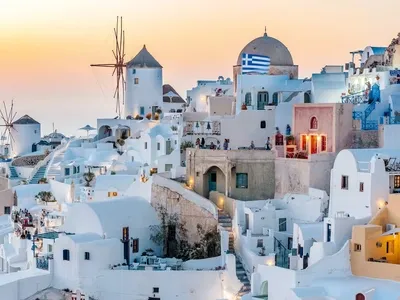 View All
View AllSantorini - Stunning sunsets, white-washed buildings, and breathtaking views.

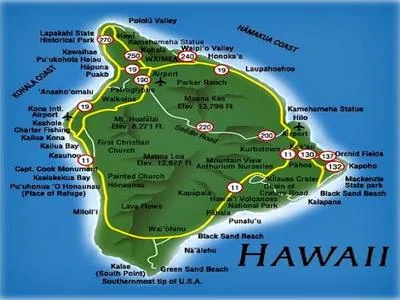 View All
View AllBig Island of Hawaii - Diverse landscapes, active volcanoes, lush rainforests, stunning coastlines.
Top 10 Landscapes Carved by Volcanic Activity
1.
Mount Fuji
Pros
Stunning panoramic views
Accessible hiking trails for all levels
Rich cultural and spiritual significance
Unique flora and fauna
Iconic photography opportunities.
Cons
Crowded hiking trails
unpredictable weather
high altitude challenges
limited facilities
environmental impact concerns.
2.
Yellowstone Caldera
Pros
Unique geothermal features
diverse ecosystems
stunning landscapes
rich biodiversity
significant cultural history.
Cons
Potential for catastrophic eruptions
risk of volcanic gases harming wildlife
geothermal activity can cause infrastructure damage
limited access during eruptions
potential for climate impact.
3.
Haleakalā Crater
Pros
Stunning sunrise views
unique biodiversity
impressive geological formations
rich cultural history
accessible hiking trails
Cons
Limited accessibility for some visitors
unpredictable weather conditions
potential altitude sickness
crowded during peak times
fragile ecosystem at risk.
4.
Antelope Canyon
Pros
Stunning sandstone formations
Vibrant light beams create magical scenes
Accessible year-round
Unique photography opportunities
Rich Native American history
Cons
Crowded with tourists
limited accessibility for mobility-impaired
expensive guided tours
seasonal flash floods risk
strict photography regulations.
5.
Mount St. Helens
Pros
Stunning volcanic landscapes
Rich biodiversity
Valuable geological research site
Unique educational opportunities
Iconic symbol of volcanic activity.
Cons
Risk of volcanic eruptions
potential for ash fallout
destruction of surrounding ecosystems
difficult access for emergency services
long recovery time for landscapes.
6.
Lake Toba
Pros
Stunning natural beauty
rich cultural heritage
diverse wildlife
unique geological features
opportunities for outdoor activities.
Cons
Limited accessibility
potential volcanic activity
pollution concerns
tourist overcrowding
inadequate infrastructure.
7.
Kilauea Volcano
Pros
Active geological research site
vibrant ecosystems
stunning lava formations
rich cultural significance
attracts global tourism.
Cons
Destructive eruptions
Air quality issues
Lava flows threaten habitats
Displacement of communities
Risk of tsunamis
8.
Paricutin
Pros
Unique geological formation
captivating natural beauty
rich cultural history
diverse ecosystems
accessible for exploration and study.
Cons
Limited accessibility for tourists
potential danger from eruptions
ash fallout impacting surrounding areas
disruption of local agriculture
environmental changes affecting wildlife.
9.
Santorini
Pros
Stunning sunsets create unforgettable romantic moments
beautiful white-washed buildings offer picturesque views
delicious local cuisine delights food lovers
rich history and culture enrich experiences
and luxurious accommodations provide comfort and relaxation.
Cons
High tourist traffic
expensive accommodations
limited beach options
steep prices for dining
unpredictable weather.
10.
Big Island of Hawaii
Pros
Diverse ecosystems
stunning volcanic landscapes
rich cultural heritage
unique marine life
year-round warm climate.
Cons
High humidity
limited access to certain areas
potential for volcanic eruptions
expensive living costs
isolation from mainland services.
Similar Topic You Might Be Interested In
- Top 10 Ancient Ruins Hidden in the Jungle
- Top 10 Archaeological Sites Rediscovered in the Last Century
- Top 10 Roman Amphitheaters Outside Italy
- Top 10 Stone Circles Older Than Stonehenge
- Top 10 Historic Villages Preserved in Time
- Top 10 Viking Sites and Relics in Europe
- Top 10 Medieval Castles Built on Cliffs
- Top 10 Fortified Cities from Ancient Civilizations
- Top 10 Famous Battlefields to Visit
- Top 10 Best-Preserved Medieval Walled Towns